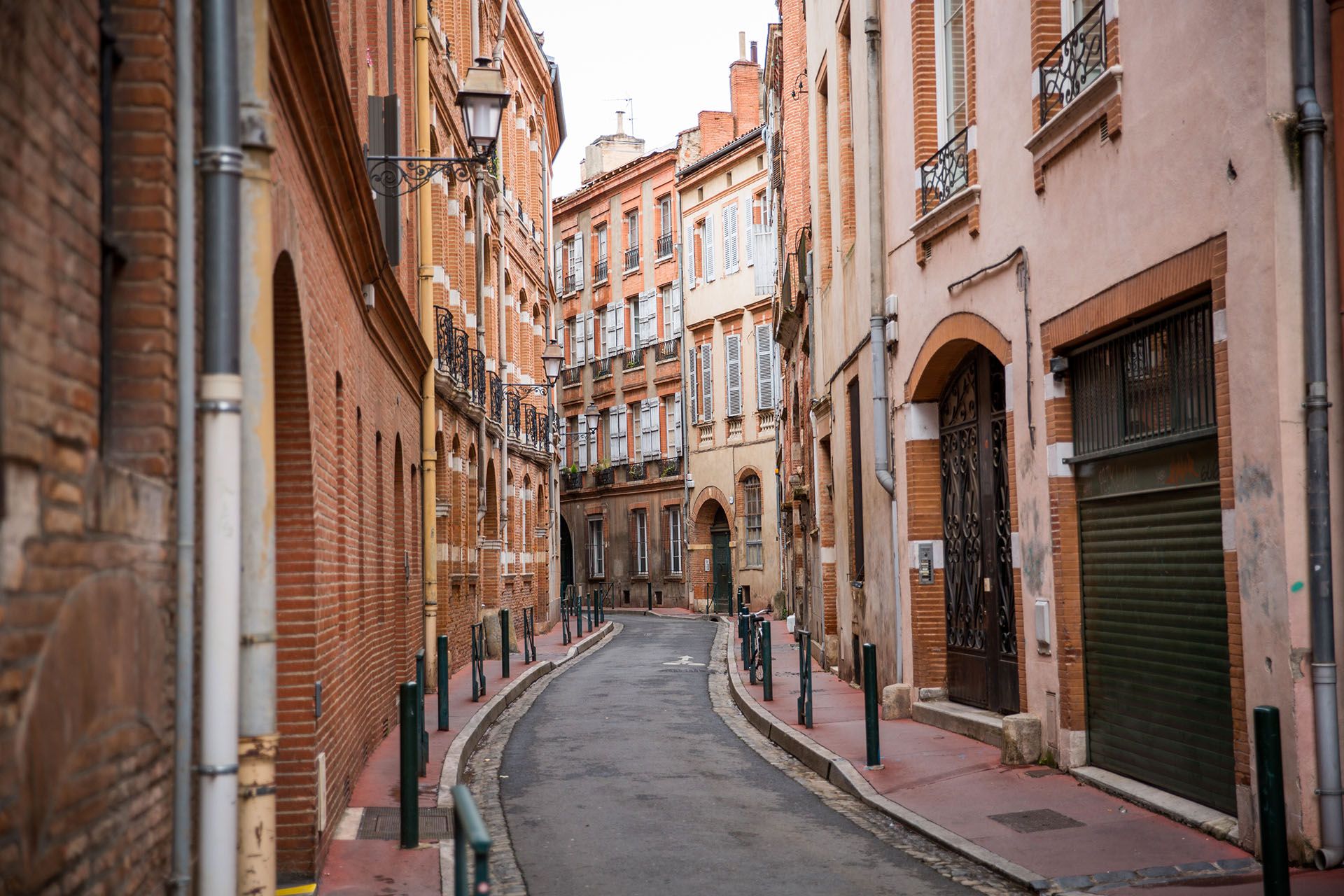Is Spain or France a better eco-friendly destination?
If you’re looking to travel in a lower-impact way, France is generally easier. It has an extensive train network, and you can get almost anywhere by rail—including small towns—without needing to fly or drive. Spain’s doing great on renewable energy, especially wind power, but outside of the major routes, public transport can be hit or miss.
France’s national parks, like Vanoise and Mercantour, tend to have stricter rules and better-maintained hiking trails. That said, Spain’s Canary Islands are doing interesting things with sustainability—El Hierro, in particular, has been working toward being powered entirely by renewables.
For places to stay, France accommodation usually has more regulated eco-accommodation labels, while Spain has plenty of more casual green stays that are a bit easier on the budget.
Wildlife is worth mentioning, too—Spain’s Cantabrian Mountains have some of the last wild bears and wolves in western Europe, while Cévennes in France has done a lot of work reintroducing vultures.
Spain food vs France food
How to plan a trip to Spain if you're a foodie is to plan one with plenty of space to relax. You’re meant to share, linger, and enjoy things in small bites—tapas and pintxos are everywhere, especially in places like San Sebastián. Classics include tortilla, grilled seafood, and paper-thin jamón. It’s informal and social, and meals often stretch late into the evening.
France is more structured. There’s a set order to meals, and the cooking tends to be more technique-driven. You’ll see classic dishes like coq au vin or duck confit, and there’s a sense of tradition tied to how and when people eat.
Street food isn’t really France’s strong point—meals are usually sit-down affairs. In Spain, though, grabbing a quick bite in a bar feels completely normal and still pretty high quality. Both countries produce excellent wine. France is more famous for it (especially from Bordeaux vineyards), but Spain has some great vineyards too—it’s just not as loudly celebrated outside the country.














